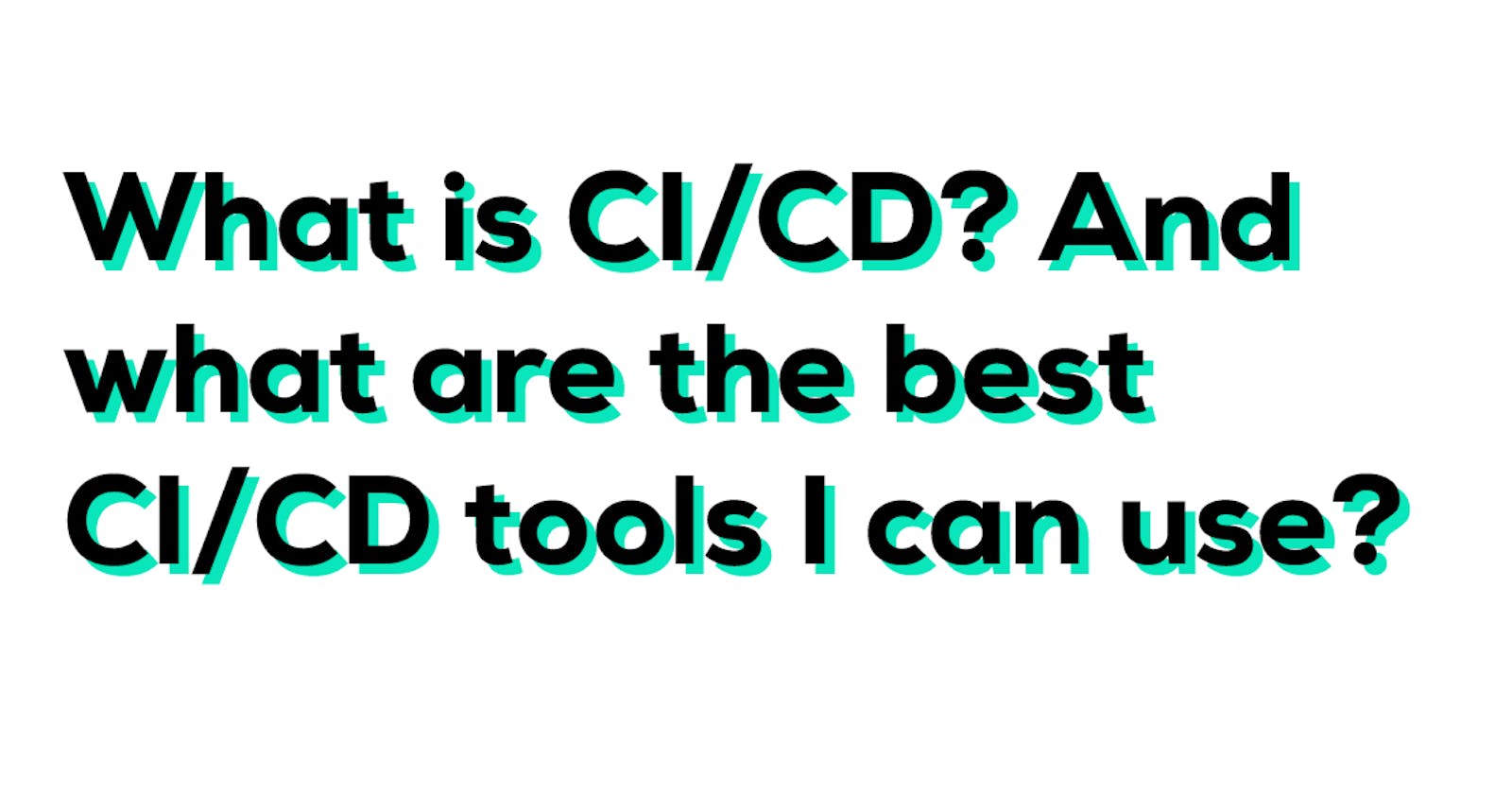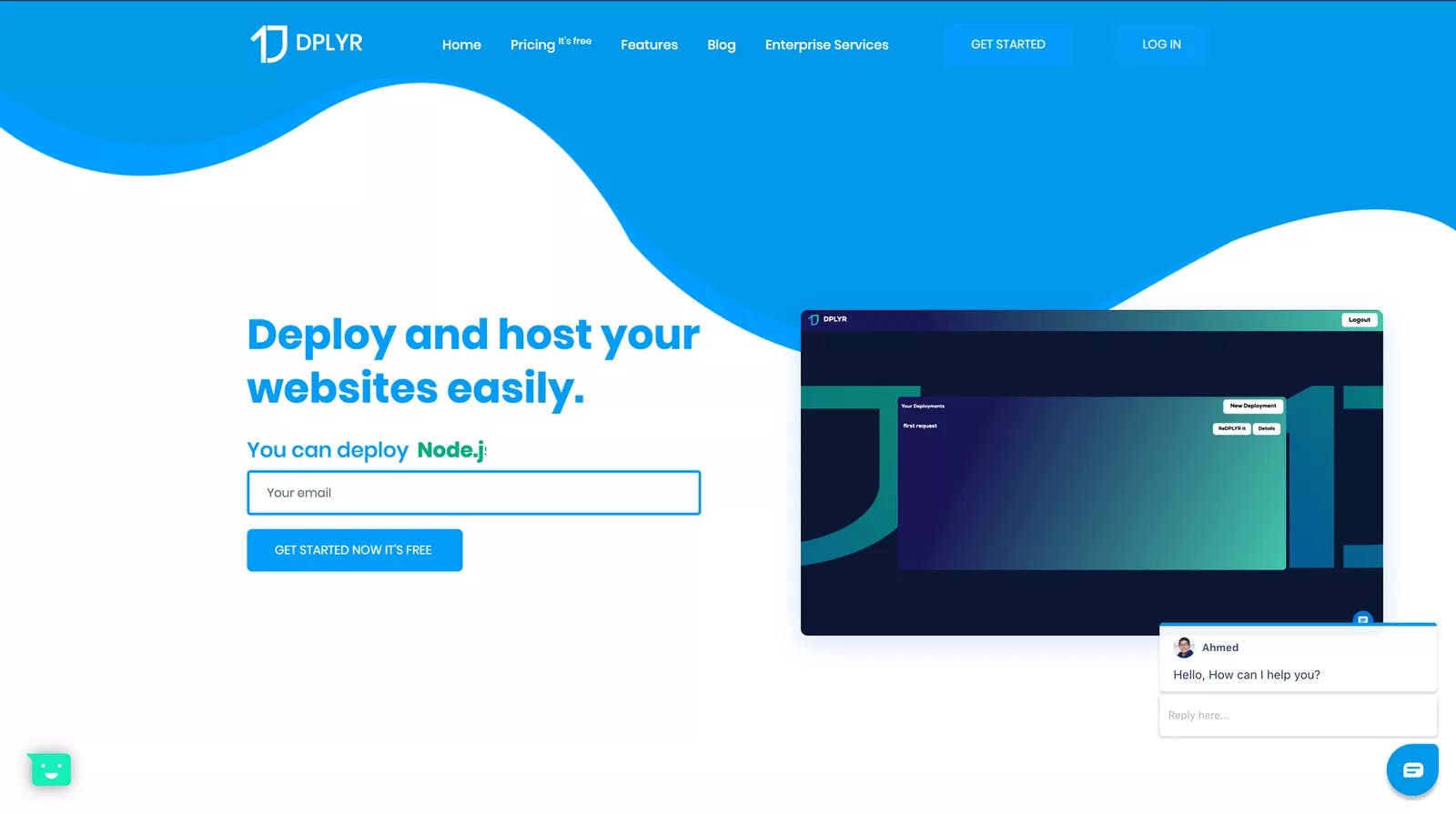Continuous Integration, shortly called ‘CI’ in DevOps is an important process or a set of processes that are defined and carried out as a part of a pipeline called Build Pipeline or CI Pipeline. In DevOps, we have a single version control tool for both the Development and Operations team, where everyone’s code will be deposited as branches of the code and this allows the team to work in parallel. Therefore, Continuous Integration in DevOps is all about merging individual developers’ code into the master copy of the code to the main branch where version control is maintained. When the developer checks in their code to the version control, immediately the process of CI kick starts. The process includes :
- Merging of all the Developers’ code to the main branch.
- Triggering and activating a build.
- Compiling the code and making a build.
- Carrying out the unit test.
- DevOps Tools for Continuous Integration.
- There are many DevOps tools for continuous integration, there are some that are more widely used.
- Selecting the best appropriate continuous integration tool can be a bit challenging, more so if one is going to use it for the first time.
1 - DPLYR
DPLYR is an easy yet powerful tool that allows you to deploy websites more easily and effectively. It deploys websites WITH databases and it supports Node.js, PHP, Laravel & Golang in the technologies, and in the databases, it supports MySQL, MongoDB, and PostgreSQL. It’s a perfect solution for developers that want to deploy websites easily and fast on cloud providers like AWS or GCP. Also, it allows you to connect with Zapier so you can create any integration that you want with any other app (for example Github, Slack, Google docs and etc…) and it can connect you with Github automatically so you can choose repos from your account easily. You can visit DPLYR from here.
2. Apache Gump
Apache Gump is written in Python. It builds and compiles software code against the latest versions of projects. This allows Gump to detect incompatible modifications to that code within a few hours after such changes are uploaded onto the version control systems.
3. Buildbot .
Buildbot is an open-source CI tool that automates software integration, build, and testing processes. It is written in Python over twisted libraries. Buildbot allows the running of the builds on a variety of operating systems like Windows, Linux, BSD, and OSX. Buildbot was constituted as a lightweight substitute for Mozilla’s Tinderbox project. It supports software configuration management integration with software like SVN, CVS, Mercurial, Git, Monotone, and BitKeeper.
4. Bamboo .
Bamboo is a CI tool developed by Atlassian. Bamboo is available in two versions: cloud and server. For the cloud version, Atlassian offers to host service with the help of an Amazon EC2 account. For the server version, self-hosting needs to be done. Bamboo supports well known Atlassian products. Highlights: Effortless integration with other Atlassian tools User-friendly UI with drag-and-drop functionality Great notification procedure Easy administration for enterprise CI scaling Allows test automation with the help of elastic agents Manages to build artifacts automatically through every pipeline run
5. CircleCI
CircleCI is a CI tool hosted only on GitHub. It supports several languages, including Java, Python, Ruby/Rails, Node.js, PHP, Skala, and Haskell. It offers services based on containers. CircleCI offers one container free, and any number of projects can be built on it. It offers up to five levels of parallelization (1x, 4x, 8x, 12x, and 16x). Therefore, maximum parallelization of 16x can be achieved in one build. CircleCI also supports the Docker platform. Highlights: Docker supports Deep customization and easy scaling Rich integration options Advanced management interface Reliable build automation process Allows creating complex workflows Allows running numerous builds simultaneously
6. Draco.NET
Draco.NET is a Windows service application created to enable Continuous Integration tools for DevOps. Draco.NET monitors the source code repository automatically, rebuilds the project if changes happen, and then emails the build result along with a list of changes since the last build. Draco.NET can check source control repositories like CVS, Visual SourceSafe, PVCS, and SubVersion.
7. GitLab CI.
GitLab CI is hosted on the free hosting service GitLab.com, and it offers Git repository management function with features such as access control, bug tracking, and code reviewing. GitLab CI is completely unified with GitLab and it can easily be used to link projects using the GitLab API. GitLab CI process builds are coded in the Go language and can execute on several operating systems such as Windows, Linux, Docker, OSX, and FreeBSD. Highlights: Docker supports Easy configuration of the build server Runs parallel builds across multiple machines Available APIs for numerous features allow deep product integration An option to secure project data with Confidential Issues
8. Jenkins .
Jenkins is a cross-platform open-source Continuous Integration tool written in Java. It offers configuration through both the GUI interface and the console commands. Jenkins is a very flexible tool to use because it offers an extension of features through plugins. Its plugin list is very broad, and one can easily add their own plugins to that list. Furthermore, Jenkins can distribute software builds and test loads on several machines. Highlights: Local application Completely free Deep workflow customization Rich in features and plugins Easy installation thanks to the pre-installed OS X, Unix, and Windows packages Made by developers for developers A well-established product with an excellent reputation
9. Travis CI .
Travis CI is an open-source CI service free for all open source projects hosted on GitHub. Since Travis CI is hosted, it is platform-independent. It is configured using .travis.yml files which contain actionable data. Travis CI supports a variety of software languages, and the build configuration for each of those languages is complete. Travis CI uses virtual machines to create applications. Highlights: Multiple languages and platforms support Automated deployment management and statistics Enterprise-grade access control Effortless GitHub synchronization Parallel testing Scaling capacity-on-demand Support of branch build flow and pull requests
10. TeamCity .
TeamCity is a Java-based sophisticated Continuous Integration tool offered by JetBrains. It supports Java, Net, and Ruby platforms. TeamCity has a range of free plugins available developed both by JetBrains and third parties. It also offers integration with several IDEs including, Eclipse, IntelliJ IDEA, and Visual Studio. Moreover, TeamCity allows the simultaneous running of multiple builds and tests in different platforms and environments. Highlights: Free up to 100 build configurations Running three builds concurrently with three build agents Able to import source code from two different VCS into a single build Capacity to substitute testers with agents Allows testing changes without committing them to the VCS


